Showing all 120 results






















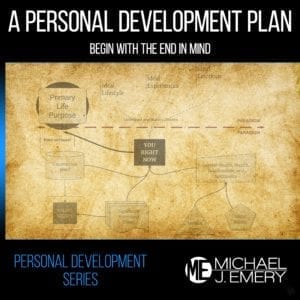








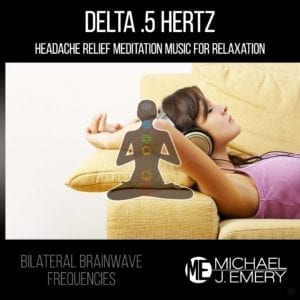








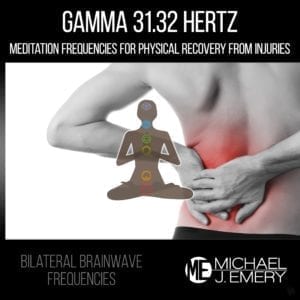
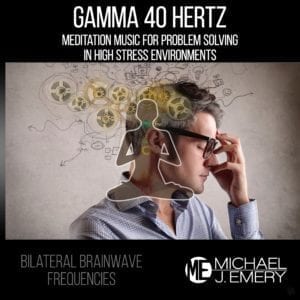
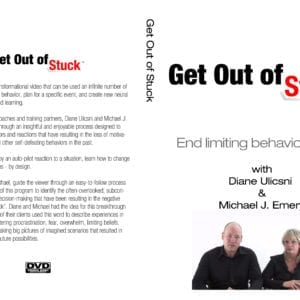


























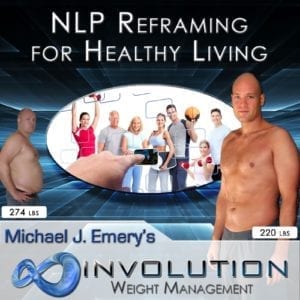
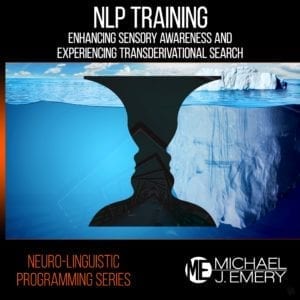
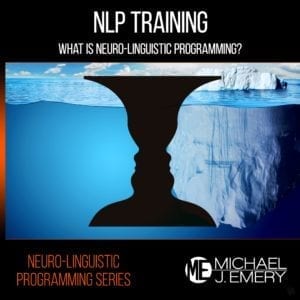




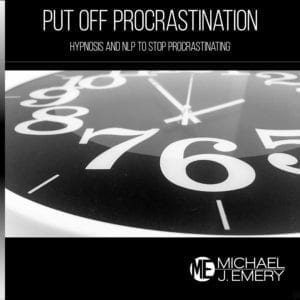

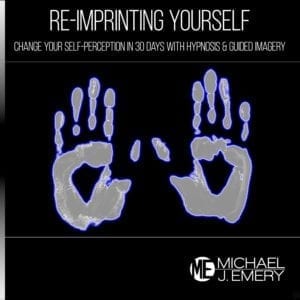










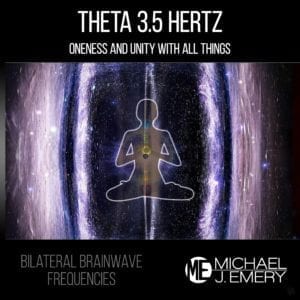
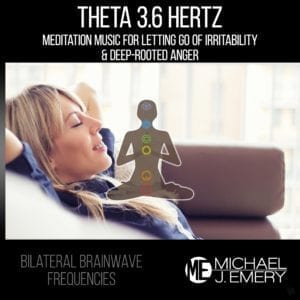





























Every time we think of the word mindfulness, we almost always correlate it with meditation and the act of looking inward. To many of us, it’s also about being aware of the present moment, which for a lot of people, is ever an ephemeral and seemingly auxiliary thing. This is especially true for those who have to go to a 9-5 job.
Indeed, in this fast-paced and high-tech world filled with distractions, life could prove to be too quick, and inevitably, too short. When you engross yourself too much in your work or any other daily commitment, you lose touch with your mind and body as well as the things that matter the most. Oftentimes, this leads to confusion and, worse, anxiety.
Mindfulness seeks to relieve you of all of these negative thoughts by connecting your mind with the present once again. It’s a complete awareness of what’s presently going on not only in your inner self but also in your immediate surroundings. It’s for this very reason why it has proven to be very effective in treating anxiety and panic attacks. It’s the act of observing one’s mind, which then leads to greater insight and unlocks feelings and contemplations that we could not have felt and thought otherwise.
What’s good is that there are numerous ways for you to practice mindfulness through the form of meditation exercises or meditation techniques. This allows you to easily test which one is compatible for you. As long as you keep in mind how each one should be applied, you would certainly be able to reap its rewards with ease. You don’t have to worry about exerting too much effort into doing it as well. A lot of people tend to dread mindfulness meditation simply because they have this notion that you would have to concentrate a lot to do it properly. There is also the matter of sitting quietly, which in these present times, could prove to be a herculean task for a lot of people who have gotten used to having a consistent noise or chatter in their daily activities. Nonetheless, this is certainly necessary in order to make these kinds of meditative practices work.
The most common way of practicing mindfulness meditation is through natural breathing. Many people tend to call them exercises, which is plain wrong since you don’t have to exert effort in breathing. Just be aware of every inhalation and exhalation, and let your thoughts passively swirl in your mind. Some practitioners tend to use a mantra. They utter it repeatedly while meditating to keep their focus.
Other ways that mindfulness is practiced are through awareness of your bodily senses. This is concerned about noticing and being mindful of any kind of sensory stimuli you feel, whether through sight, smell, sound, touch, or taste. A variation involves being aware of sensations that each part of your body (from head to toe) feels. Others tend to focus on their emotions instead, while some turn their attention to their cravings. Of course, they don’t let themselves succumb to them. Instead they accept each one without judgment and relinquish them. Some relaxing music can also help to create a better ambience. This is often used in the background of my hypnosis downloads along with brainwave frequencies.
Mindfulness mediation isn’t partial to any individual or group of people since it’s a universal concept and practice. However, people who are prone to panic attacks or have addiction problems are certainly recommended to give it a try. That being said, it is certainly a practice that is encouraged to help individuals attain a positive state of being.
These facts alone should convince anyone to take up mindfulness meditation the moment they learn about how it is practiced and the myriad benefits they can derive from it. Even simply sitting while listening the mindfulness meditation music has a tremendous effect upon the body-mind. It certainly wouldn’t be hard to convince people since the physical and mental benefits really are numerous as evidenced by this list:
Any practice that is done in excess is only ever bound to have adverse effects. Some critics of mindfulness meditation have pointed out that the practice fosters the habit of withdrawal from dealing with difficult thoughts. They argue that it acts as a ready gateway from which we can easily escape from important life problems that we face.
That being said, the decision of whether one will use mindfulness for the wrong reasons still rests on each of one of us. In the end, it’s up to you to decide, as you sit in contemplative silence, whether you’ll lay aside your challenges and problems for the moment and be ready to face them again after your mediation or completely cast them away. The latter is certainly the easier route and is, as should be obvious from any thoughtful individual, the more inferior and erroneous choice. As a personal development coach who uses a mixture of brainwave frequency technology, Neuro-Linguistic Programming, hypnosis, visualization, and guided imagery to get results, I really believe the best approach is that of the maverick. Try it all and create your own path.
Explore audio program categories utilizing the best techniques in neuro-linguistic programming, Ericksonian hypnosis, brainwave frequencies, and guided visualization.